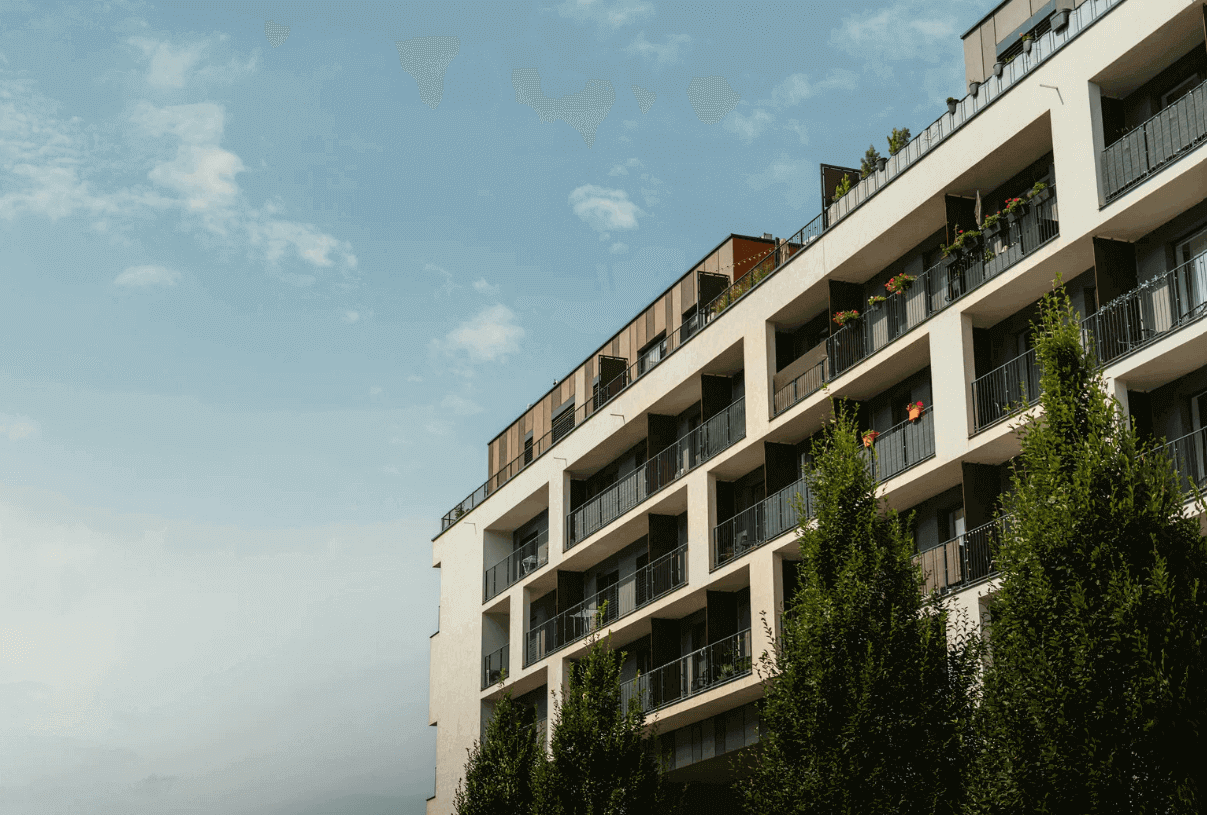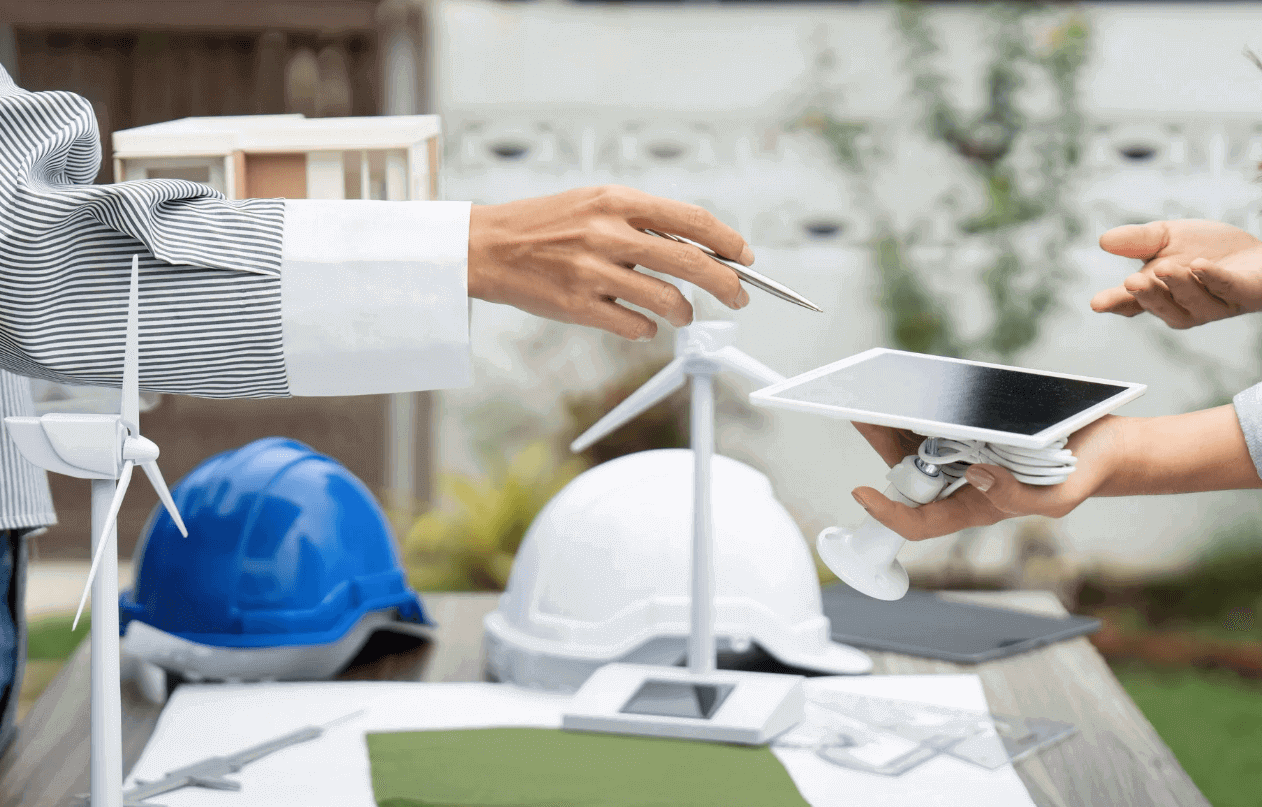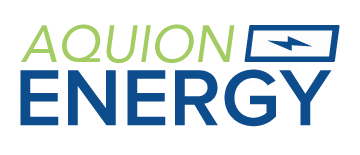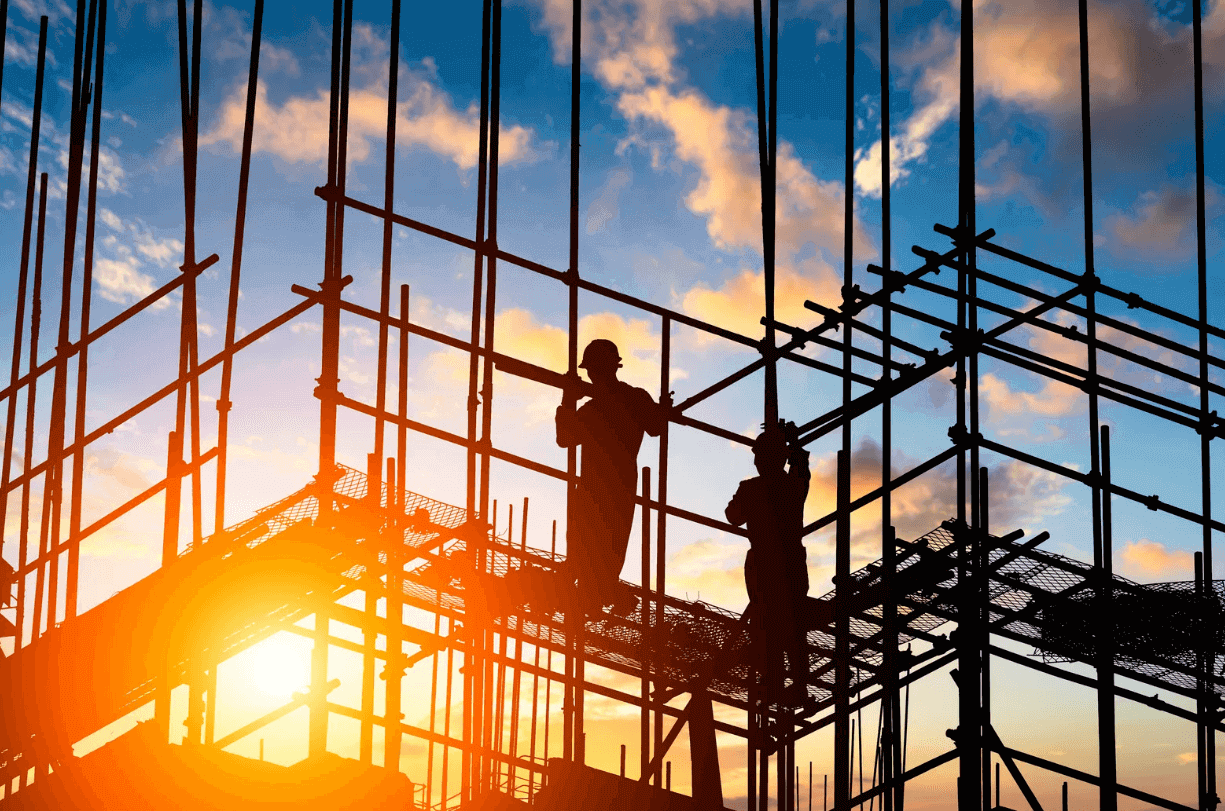Hidden Energy Lines: The Overlooked Factor in Green Construction
Green construction has become more than a trend. It is a necessity for developers, contractors, and homeowners looking to build sustainably while protecting the environment. From renewable energy integration to the use of eco-friendly materials, the focus has largely been on what can be seen above the ground. Yet, there is a critical factor that remains largely invisible: what lies beneath the soil. Hidden energy lines, often overlooked, play a far greater role in the safety, cost, and efficiency of green construction than most realize.
Ignoring underground infrastructure is not just a matter of inconvenience. It can affect the longevity of a project, disrupt essential services, and add unnecessary costs. For a field that prides itself on efficiency and foresight, overlooking energy lines is a contradiction that can and should be corrected.
Why Underground Matters in Green Construction
Green building emphasizes resource efficiency and long-term sustainability. But efficiency does not stop with energy-saving windows or high-performance insulation. The ground beneath a site may hold electric, gas, and communication lines that directly influence how safely and smoothly a project unfolds.
When underground conditions are ignored, projects risk more than budget overruns. They risk damaging existing infrastructure that communities rely on daily. Power interruptions, service outages, or even accidents can derail progress and harm reputations. For construction that markets itself as “green,” overlooking these hazards undermines the very idea of responsibility and care.

The Growing Complexity of Energy Infrastructure
Modern cities are woven with a dense web of energy lines. As renewable technologies like solar panels, wind-powered systems, and EV charging stations expand, underground networks have become more complex. Older gas lines sit alongside newer electrical conduits, while communication cables often overlap with power grids.
This complexity presents unique challenges for green construction. For example, a project designed to integrate solar storage may need to tie into local power lines, requiring precise planning. A sustainable community center with electric vehicle charging may demand upgraded underground connections. Without accurate knowledge of what already exists beneath a site, integration becomes a gamble rather than a strategy.
The problem isn’t only about avoiding damage. It is about planning responsibly. Building green means understanding the full picture, above and below the surface.
The Importance of Taking Advantage of Existing Utilities
Another overlooked opportunity in green building lies in the utilities that are already available. Reusing and integrating existing infrastructure often makes more sense than starting from scratch. For instance, a project located in a neighborhood with buried electrical lines can tie into that grid rather than laying down a costly new system. The same goes for communication and gas lines, which can sometimes support renewable energy installations when approached strategically.
This is where utility locating services play a subtle but vital role. They allow project managers to see what resources can be used to their advantage and what hazards must be avoided. Instead of treating underground utilities as obstacles, developers can approach them as assets. Doing so saves time, reduces costs, and strengthens the sustainability profile of the project.
By taking advantage of what already exists, green construction lives up to its promise of efficiency. It prevents unnecessary duplication of systems while respecting the energy investments already made in local infrastructure.
Safety as a Non-Negotiable Factor
One of the strongest arguments for accounting for hidden energy lines is safety. Workers who accidentally strike an underground power cable face immediate physical danger. Communities may face outages that affect hospitals, schools, or essential services.
In sustainable construction, where responsibility is central, safety cannot be treated as an afterthought. It must be integrated into the earliest phases of design and site assessment. Recognizing what lies beneath a worksite is just as important as selecting recycled materials or energy-efficient lighting. Without this foundation, the rest of the green framework becomes vulnerable.
Cost Efficiency and Risk Avoidance
Green construction often comes with higher upfront costs, justified by long-term savings. However, unexpected expenses from damaging hidden energy lines can erase those savings instantly. Repairing a severed power line or paying penalties for interrupted services not only drains budgets but also delays project completion.
Integrating underground awareness into the planning phase ensures financial stability. It minimizes the chances of unplanned work, which is often the most expensive kind. Furthermore, insurers and regulators increasingly expect this level of diligence. Projects that ignore underground infrastructure may face higher insurance premiums or compliance issues, making them less competitive in the market.
Planning for Renewable Integration
Sustainable building rarely exists in isolation. It connects to broader networks, particularly when renewable energy is part of the plan. Solar systems feed into local grids. Geothermal systems require underground access. EV charging points depend on reliable power delivery.
Hidden energy lines directly influence how well these systems integrate. A site with a tangle of unaccounted-for lines can make renewable installation difficult or unsafe. On the other hand, a clear understanding of underground infrastructure allows for seamless integration. This foresight supports not only safety but also innovation. It enables designers and engineers to think creatively, knowing they are working on a stable foundation.

Building Trust With Communities
Green construction also carries a social responsibility. Communities trust that sustainable projects will improve quality of life without introducing risks. Striking hidden energy lines can undermine that trust instantly. Outages, accidents, or even small disruptions may create skepticism about whether “green” truly means responsible.
By acknowledging underground infrastructure from the outset, developers show that they are serious about their commitment to community welfare. Transparency and preparation build credibility, which is as important as the physical structures themselves.
The Future of Responsible Building
As the demand for green construction grows, so does the need for comprehensive planning. Ignoring hidden energy lines is no longer acceptable in an industry that thrives on foresight. Technology, regulations, and public expectations all point toward a future where underground awareness is the standard, not the exception.
Tools and methods for detecting and mapping underground utilities are advancing quickly. Digital mapping, geophysical imaging, and coordinated data sharing are transforming how projects prepare for construction. These innovations allow builders to be more precise, efficient, and sustainable. The projects that embrace them will stand out as leaders in responsible development.
Conclusion
Green construction is often associated with what is visible: solar panels, sustainable materials, and efficient systems. But the unseen is just as important. Hidden energy lines influence safety, costs, community trust, and the very ability to integrate renewable energy successfully.
Acknowledging what lies beneath is not simply a technical detail. It is a reflection of true sustainability—where nothing is wasted, everything is accounted for, and responsibility extends to every layer of the project. By considering underground infrastructure from the start, green construction can fulfill its promise of building smarter, safer, and more sustainable communities.

